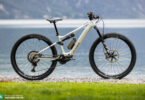While Specialized might not have invented the light eMTB concept, with the Levo SL and proprietary SL 1.1 drive, they’ve undeniably made it more accessible to the masses. It’s now time for its successor, the Specialized SL 1.2 motor, to show what it’s capable of.
This review forms part of our big ebike motor comparison test. Here you’ll find an overview of all 13 motors in review, along with lots of exciting background information, and helpful buying advice for your next purchase!

Specialized are known for taking things into their own hands, developing not only their own bikes but also many of the components, including ebike motors, which they develop in close collaboration with external partners. At the beginning of 2020, the mountain biking world held its breath when Specialized unveiled the first generation of the Turbo Levo SL light eMTB with its SL 1.1 motor. Although Specialized weren’t the only brand to offer a similar concept at the time, the Turbo Levo SL left a mark in the light eMTB segment, ushering in a new generation of eMTBs. Three years on, Specialized unveiled the new Specialized SL 1.2 motor, which was developed in close collaboration with motor manufacturer MAHLE, to follow in the footsteps of its predecessor. Compared to the SL 1.1 version, which delivered a maximum torque output of only 35 Nm, the new SL 1.2 drive combines 50 Nm of torque and 320 watts peak power, delivering 33% more power and 43% more torque – and, presumably, 100% more fun! For the time being, the Specialized motor is exclusive to the Levo SL but will soon find its way onto other Specialized light eMTB models, like the Levo SL Kids ebike, which we’ve already tested for you.
Specialized’s holistic approach brings them some huge advantages, as it allows them to address individual requirements in the early development stages. We experienced this first-hand during an exclusive visit to the Specialized Turbo development centre in Cham, Switzerland. Since Specialized build the motors for their own use, they don’t have to keep their products as generic and universal as possible to serve the widest possible range of bike brands, the way the big motor suppliers must do. This way, Specialized can create tailor-made solutions, while other bike brands must work around the solutions provided by motor manufacturers, which are usually intended for an extremely broad use case, covering vastly different products. For after sales service, you know who to contact and don’t have to go through the painful process of watching all the different suppliers shifting responsibilities back and forth, which is often the case with bike manufacturers who rely on third-party motor systems. Having a clear contact person not only minimises waiting times, but also ensures peace of mind.
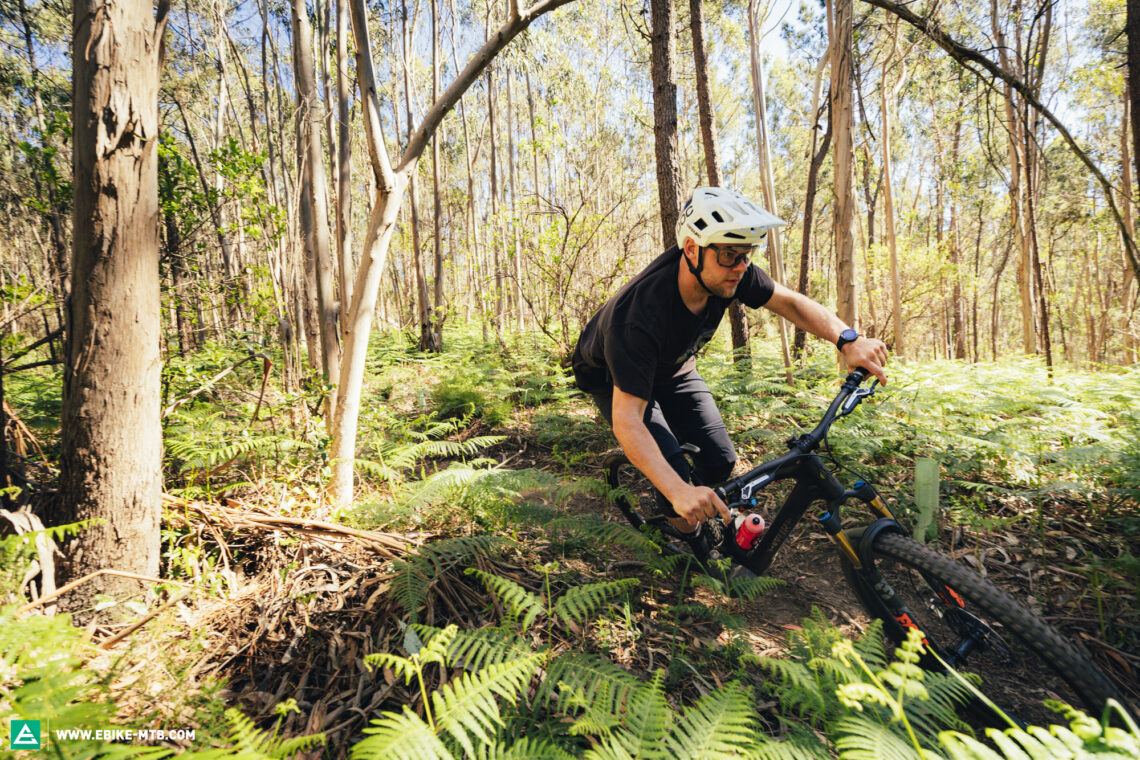
The Specialized SL 1.2 Motor in detail – In-house goodness
At first glance the Turbo Levo SL 1.2 motor looks a lot like its predecessor, the SL 1.1, maintaining the same basic shape and, at approximately 1.9 kg, a similar weight, which also puts it in the same weight category as the minimal assistance motors from Bosch and FAZUA. In terms of dimensions, it’s slightly bigger than the FAZUA Ride 60 and smaller than the Bosch Performance Line SX – and the TQ HPR 50 is even more compact.
For the power supply, the new Specialized 1.2 motor relies on the same proven 320 Wh battery as its predecessor. In total, the core of the motor system, including the drive and battery, tips the scales at around 3.7 kg, which puts it on a par with the lightweight TQ HPR 50 motor system. However, considering individual characteristics in isolation, such as the weight of the motor system, doesn’t make sense – the overall weight of the bike, the motor’s integration potential and the performance of the bike as a whole are far more important. As usual, Specialized offer an optional 160 Wh range extender that fits in the bottle cage, enabling epic backcountry expeditions far away from power sockets.

The rest of the hardware, including the charging port, remote and display, consists of proven components taken from current Turbo models, making it easier to source spares and service the bike. The small, slim Specialized Mastermind TCU display shows all important riding data like battery charge status in %, support level, riding speed and time. The system is controlled by a minimalist, bar-mounted remote, which provides great haptic feedback and is intuitive to operate, even while riding. The discreet-looking controls blend in well with the overall tidy look of the bike and don’t distract you while riding, allowing you to focus on the trail ahead – excellent!

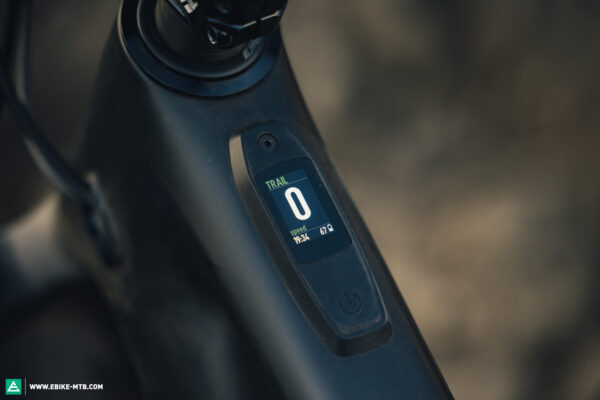
Specialized also designed the partner app of the SL 1.2 motor, which is based on the previous Mission Control app, recycling many of its functions and features. The app allows you to fine-tune the maximum power output and intensity of the three support levels: Eco, Trail and Turbo. For inexperienced riders and quick setups, there are three presets called Universal, Battery Friendly and Race, which all have a different character and can be adjusted to your needs and preferences. With the new app, Specialized replaced the intuitive sliders of the old Mission Control app with diagrams, which are far less intuitive and harder to use. The points of the individual support modes can be moved infinitely on the diagram, meaning that you could effectively create an Eco mode that’s just as powerful as the strongest Turbo or even create three identical support modes. At the same time, the Specialized app allows for more in-depth alterations than the Brose ebike app.
While the app also allows you to track rides, unlike Brose’s ebike app and Bosch’s eBike Flow app, it doesn’t include a navigation function. Unfortunately, at the time of this test, the app also lacked the Smart Control function, which was already available with the old Mission Control app and adjusts the motor and battery output based on how long or how far you’re intending to ride. Don’t panic though – the function will be added via an update in the near future. The layout of the Mastermind TCU display can be customised via the app too. When stopping in your favourite beer garden for a well-deserved post ride pint, you can use the System Lock function, which lets you lock the motor system via the app. While this doesn’t prevent your bike from getting stolen, it renders the motor system useless and triggers an alarm (though this could be louder).

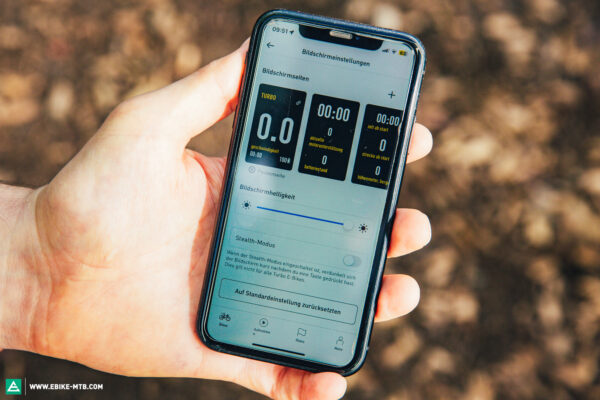
The Specialized SL 1.2 motor in review – Natural flow?
Like all Specialized motors, the SL 1.2 offers three support modes, Eco, Trail and Turbo. The new motor also features the popular Micro-Tune function, which can be activated simply by clicking on the remote, allowing you to adjust the intensity of the motor assistance in 10% increments. Especially with SL models, this makes perfect sense, because it allows you to both save battery and adjust the support according to the conditions and desired assistance. When setting off from a standstill, the Specialized SL 1.2 motor provides natural support, engaging and disengaging smoothly, even in Turbo mode with the standard setting – the seamless transition at the 25 km/h threshold is partly responsible for this. In our 2023 ebike motor comparison test, only the TQ HPR50 drive feels smoother than the Specialized SL 1.2.

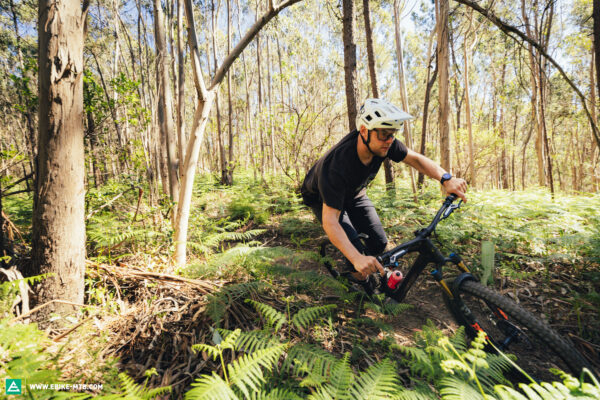
Despite its smooth character, the Specialized 1.2 motor packs a punch and yet never feels abrupt. That said, it can’t keep up with the more powerful Bosch Performance Line SX and FAZUA Ride 60. Moreover, the Specialized SL 1.2 delivers its power most efficiently at a cadence of around 80 rpm, which also became evident in our lab tests at the Velotech institute. This perfectly suits the sporty character of the motor and provides a decent training effect despite the assistance. If you come to a halt on a technical uphill, the Specialized motor makes it easier to resume the climb than the TQ HPR50, and the SL 1.2 also pushes a little harder at low cadences.
In terms of background noise, the latest version of the Specialized motor is quieter than its predecessor, and the older version’s high-pitch buzz has changed to a low-pitched hum. Overall, the background noise is a lot more pleasant to the ear, although the TQ HPR50 and Bosch Performance Line SX are even quieter.
Our conclusions about the Specialized SL 1.2 motor
The Specialized SL 1.2 is a sensible evolution of its predecessor and doesn’t struggle to keep up with the latest lightweight motors. While it can’t compete with the most powerful minimal assist motors, it convinces above all with its natural riding feel. Specialized also offer a coherent overall package of peripheral components including the remote and display, all topped off with a good level of connectivity. That said, the new app is still a little confusing in places.
Tops
- Natural ride feeling
- Harmonious overall concept
Flops
- Harmonious overall concept
- Background noise
For more info, visit specialized.com
The test field
For an overview of our big ebike motor comparison test click here
All ebike motors in test: Bosch Performance Line CX (Click for review) | Bosch Performance Line CX Race (Click for review) | Bosch Performance Line SX (Click for review) | Brose Drive S Mag (Click for review) | FAZUA Ride 60 (Click for review) | GIANT SyncDrive Pro2 (Click for review) | Panasonic GX Ultimate (Click for review) | Pinion MGU E1.12 (Click for review) | Shimano EP801 (Click for review) | Specialized SL 1.2 | Specialized 2.2 (Click for review) | TQ HPR 50 | Yamaha PW-X3 (Click for review)
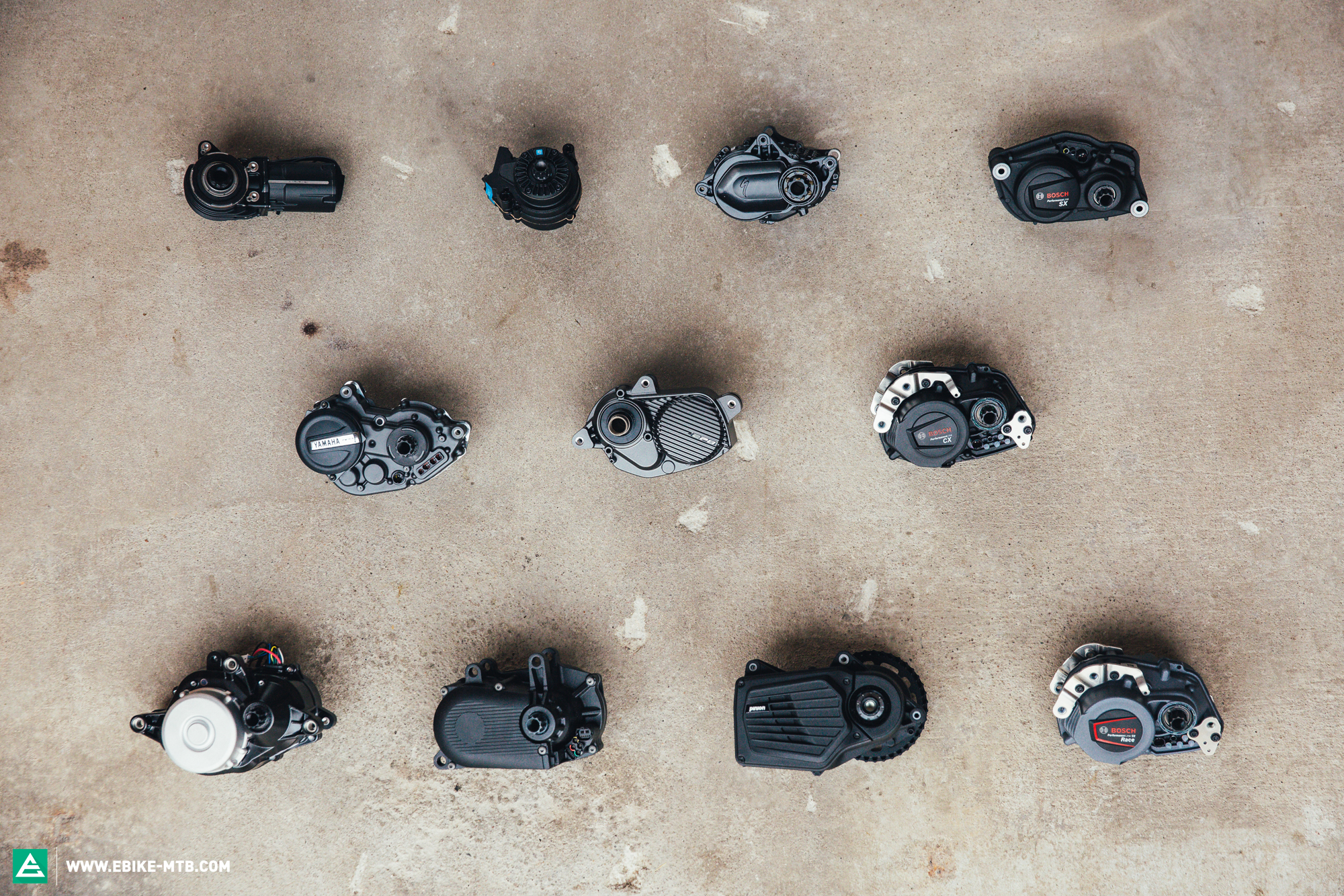
Did you enjoy this article? If so, we would be stoked if you decide to support us with a monthly contribution. By becoming a supporter of E-MOUNTAINBIKE, you will help secure a sustainable future for high-quality cycling journalism. Click here to learn more.
Words: Mike Hunger Photos: Various






